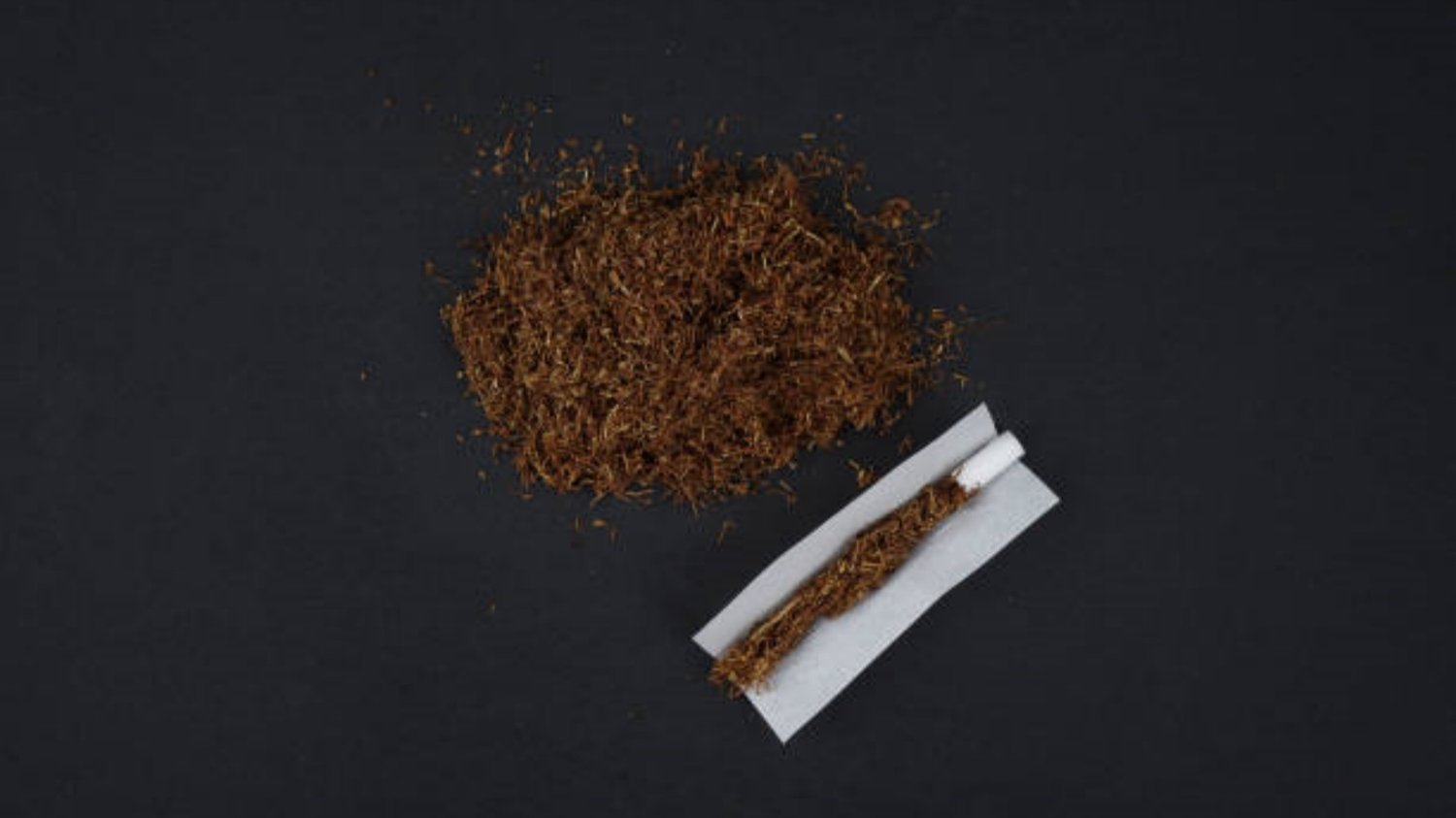Optimal airflow with cigarette filter paper: Enhancing Smoking Experience
When it comes to smoking, many enthusiasts seek the perfect balance between flavor and smoothness. One crucial element that affects these factors is the airflow. In recent years, cigarette filter paper has emerged as a popular choice for achieving optimal airflow. This article explores the various aspects of optimal airflow with cigarette filter paper and how it can enhance the smoking experience.
The Importance of Airflow in Smoking
Before delving into the specifics of cigarette filter paper, it is essential to understand why airflow plays a crucial role in smoking. The airflow directly affects the combustion of tobacco and the release of smoke. A proper airflow ensures a consistent burn, allowing the tobacco to reach its optimal temperature and release the desired flavors and aromas.
Moreover, the airflow affects the smoothness of the smoke. Too much airflow can lead to a harsh smoking experience, while insufficient airflow can result in a tight draw and reduced smoke production. Achieving the right balance is key to an enjoyable smoking session.
Understanding Cigarette Filter Paper
Cigarette filter paper is a specialized material used in the production of filters for cigarettes. Its primary purpose is to block harmful substances and reduce the harshness of the smoke. However, it also plays a significant role in regulating airflow.
The composition of cigarette filter paper varies, but it typically consists of cellulose fibers, which are tightly packed to create a dense and porous material. This porosity allows air to pass through while filtering out undesirable particles. Filter papers can also be treated with additives to enhance their filtering capabilities.
Enhancing Airflow with Filter Paper Pores
The key to optimal airflow with cigarette filter paper lies in the arrangement and size of the pores. The pore size determines the resistance to airflow, affecting the draw and smoke production. Larger pores result in less resistance, allowing for a smoother and more satisfying smoking experience.
Manufacturers employ various techniques to control the pore size and distribution in filter paper. By optimizing these factors, they can achieve the desired level of airflow resistance. Additionally, the use of additives can further enhance the airflow characteristics of the filter paper.
Filter Paper Density and Airflow
Another crucial factor in achieving optimal airflow is the density of the filter paper. While the pores allow air to pass through, the density of the material affects the overall draw. A denser filter paper may provide a tighter draw, resulting in reduced smoke production and a harsher smoking experience.
Manufacturers carefully balance the density of the filter paper to ensure an optimal draw. Too dense, and the cigarette becomes difficult to smoke; too loose, and the tobacco burns too quickly. Finding the right density is vital for achieving a satisfying smoking experience.
The Role of Additives in Airflow Control
Additives are often incorporated into cigarette filter paper to enhance its performance, particularly in terms of airflow control. These additives can modify the properties of the paper, affecting factors such as porosity and density.
Some additives may increase the porosity, allowing for easier airflow. Others may alter the density, providing a more balanced draw. Manufacturers carefully select and test these additives to ensure they meet quality standards and contribute positively to the smoking experience.
Advantages of Optimal Airflow with Filter Paper
Optimal airflow with cigarette filter paper offers several advantages to smokers. Firstly, it enhances the flavor delivery by ensuring a consistent burn and optimal temperature. This allows the natural flavors of the tobacco to be fully experienced, providing a more enjoyable smoking session.
Secondly, optimal airflow reduces the harshness of the smoke. The filter paper effectively traps harmful substances and particulates, resulting in a smoother and cleaner smoke. This is particularly beneficial for individuals who prefer a milder smoking experience.
Conclusion
Cigarette filter paper plays a significant role in achieving optimal airflow and enhancing the smoking experience. By controlling the pore size, density, and incorporating additives, manufacturers can create filters that provide a balanced draw and smooth smoke production. Smokers can enjoy the full flavors of the tobacco while minimizing the harshness of the smoke. The choice of filter paper can greatly impact the overall smoking experience, making it an essential consideration for smoking enthusiasts.
optimal airflow with cigarette filter paper, cigarette filter paper, smoking experience, airflow control, filter paper pores, filter paper density, additives in filter paper Optimal Airflow with Cigarette Filter Paper: Enhancing Smoking Experience Discover how optimal airflow with cigarette filter paper can enhance your smoking experience. Learn about the importance of airflow control, filter paper pores, density, and additives.

